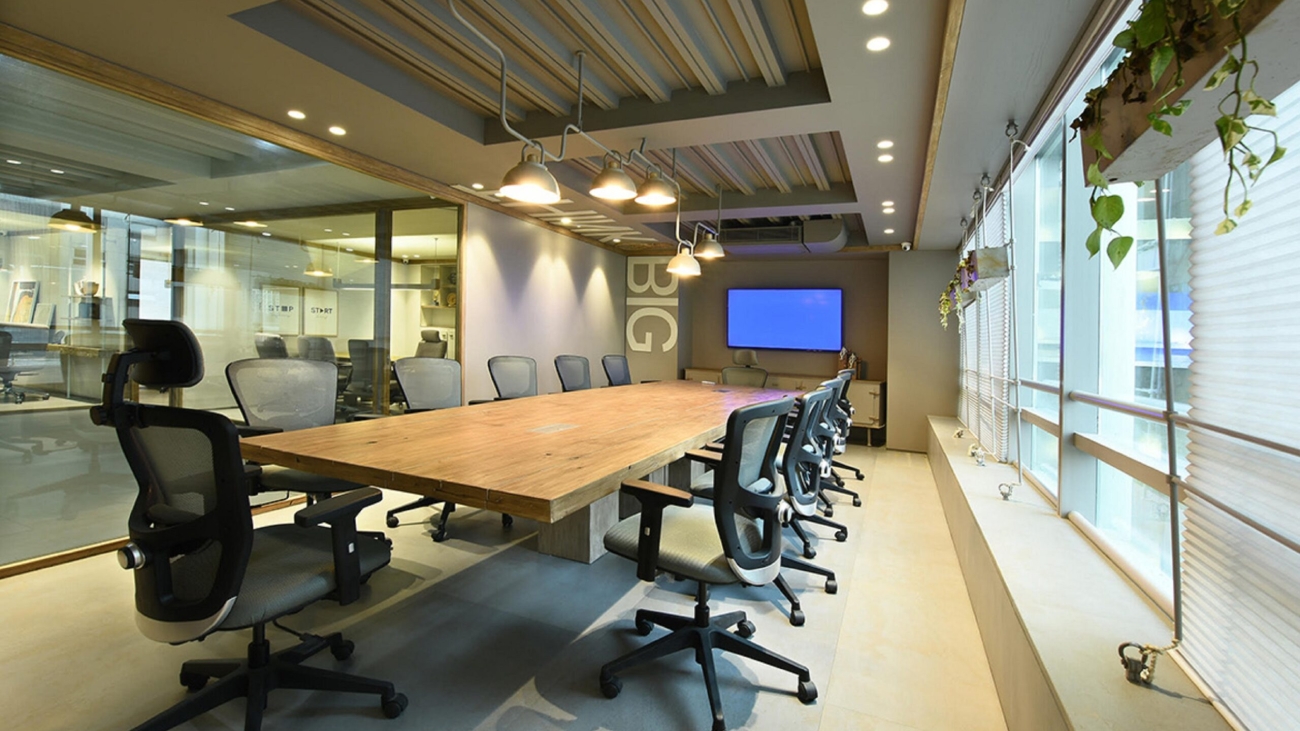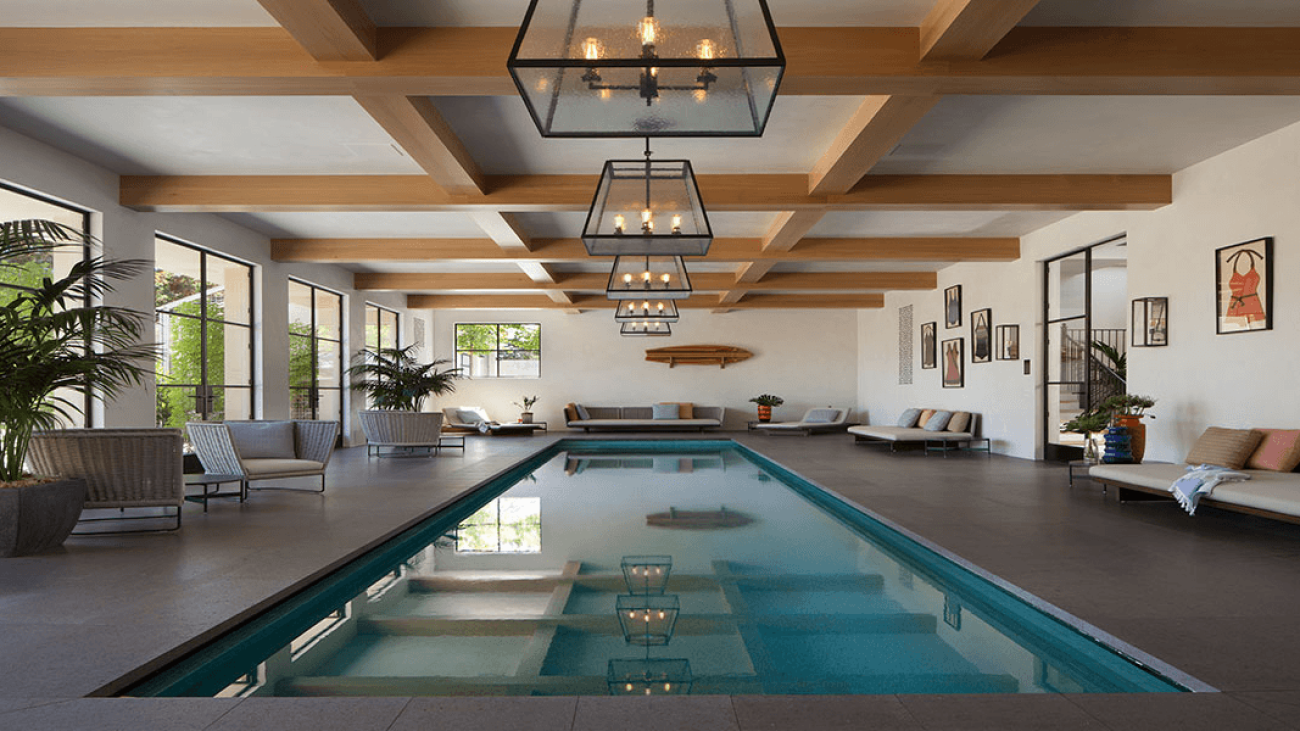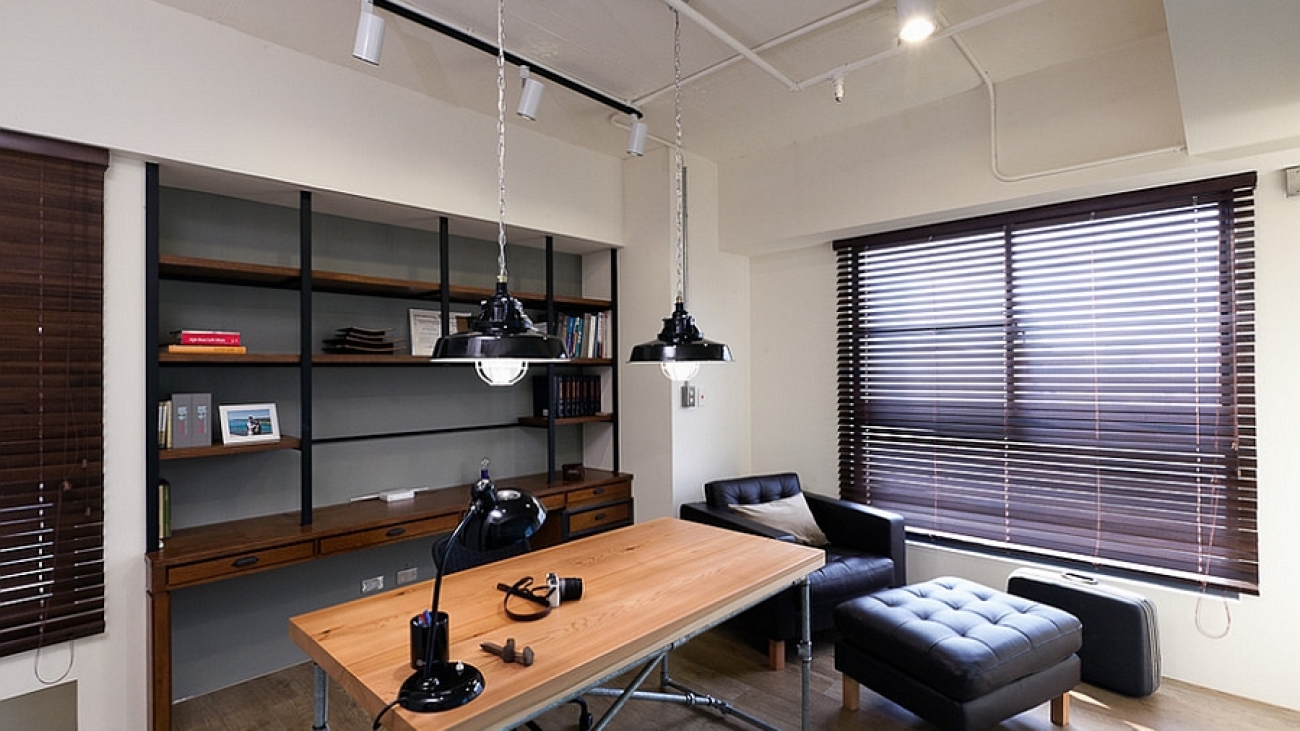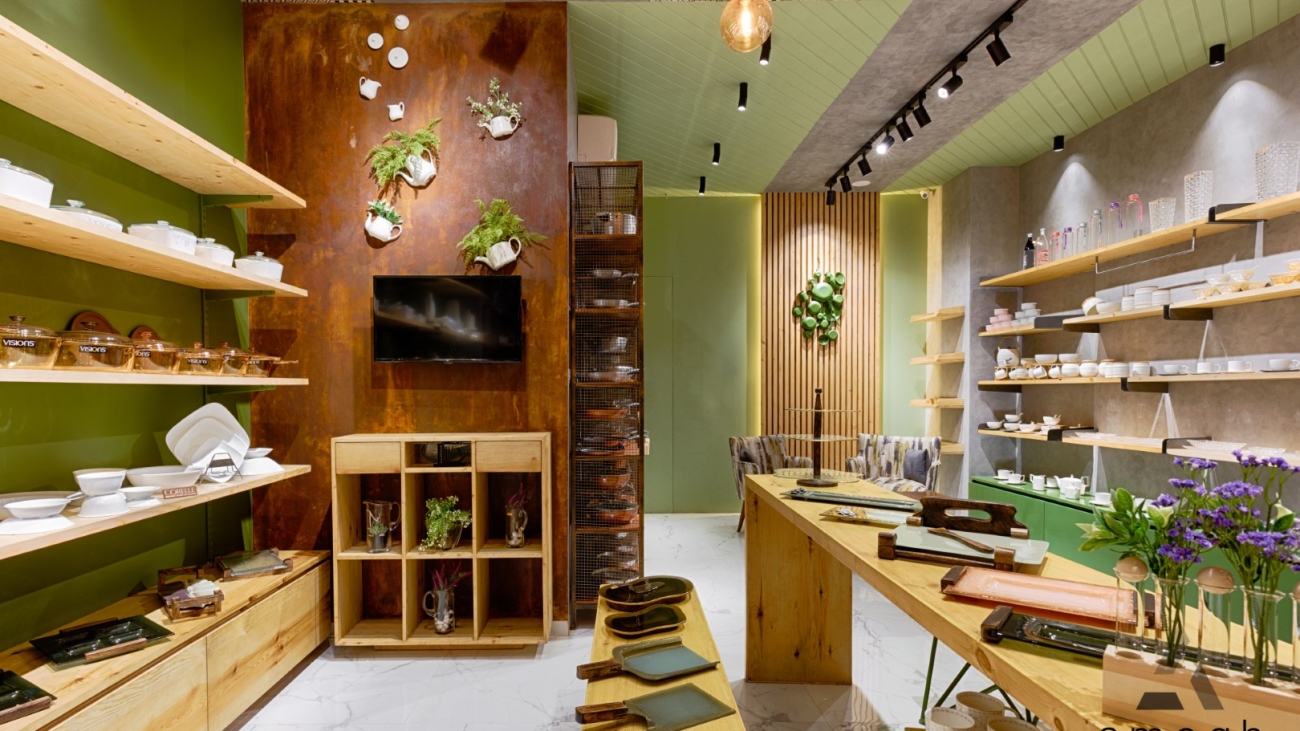Commercial interior design is a critical element of any business strategy. A well-designed commercial space can enhance your brand image, increase productivity and efficiency, and create a positive customer experience. Whether you’re designing a retail store, restaurant, or office space, here are a few key principles to keep in mind.
- Prioritize Functionality The primary goal of commercial interior design should always be functionality. Make sure that your space is designed to meet the practical needs of your business, with adequate storage, workspaces, and customer areas. This will help to ensure that your business operates smoothly and efficiently.
- Create a Strong Brand Identity Commercial interior design can also help to reinforce your brand identity and create a strong visual presence for your business. Consider using your brand colors, logos, and messaging throughout your space to create a cohesive and memorable experience for customers.
- Focus on Customer Experience For businesses that rely on customer traffic, such as retail stores or restaurants, customer experience should be a top priority in commercial interior design. Make sure that your space is designed to be welcoming, comfortable, and easy to navigate, with clearly defined areas for different types of activities.
- Incorporate Technology In today’s digital age, technology is a critical element of commercial interior design. Consider incorporating digital displays, interactive kiosks, and other technology solutions to enhance the customer experience and streamline operations.
- Emphasize Lighting Lighting is another key element of commercial interior design, as it can impact both the mood and functionality of your space. Make sure that your lighting is designed to meet the specific needs of your business, whether that’s bright task lighting for a retail store or warm, ambient lighting for a restaurant.
- Consider Sustainability Finally, commercial interior design should also consider sustainability and environmental impact. Choose materials and furnishings that are eco-friendly and energy-efficient, and incorporate sustainable design practices wherever possible.
In conclusion, commercial interior design is an essential element of any successful business strategy. By prioritizing functionality, creating a strong brand identity, focusing on customer experience, incorporating technology, emphasizing lighting, and considering sustainability, you can create a commercial space that not only looks great but also supports the success of your business.




